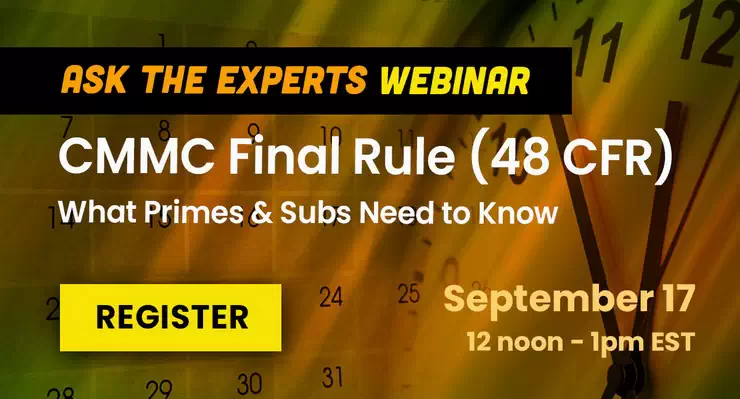
CMMC documentation and compliance, is a crucial step for Defense Industrial Base (DIB) contractors safeguarding Controlled Unclassified Information (CUI). But navigating the path to compliance can feel overwhelming, especially when it comes to documentation. This post will equip you with the knowledge to tackle CMMC documentation and writing procedures for CMMC, making the journey smoother.
Understanding the Importance of CMMC Documentation:
Key Documents for CMMC Compliance:
- System Security Plan (SSP): This comprehensive document serves as the cornerstone of your cybersecurity program. The SSP outlines your organization’s security policies, procedures, and risk management strategies, providing a holistic view of your security controls.
- Security Policies: These high-level documents define the expectations and guidelines for cybersecurity across your organization, including password policies, acceptable use policies, and data handling policies.
- Procedures: Detailed procedures complement the security policies, outlining specific steps for effective implementation.
- Self-Assessment Report (SAR): This report documents the findings of your cybersecurity posture evaluation against CMMC requirements.
- Plan of Actions & Milestones (POAM): Based on gaps identified in the SAR, this document outlines the steps and timelines needed for full CMMC compliance.
Building a Strong Foundation with NIST 800-171
CMMC leverages the security controls outlined in NIST 800-171. Focusing on documenting how you meet these controls provides a solid foundation for CMMC compliance.
Step-by-Step Approach to Manageable Documentation
- Inventory: Catalog your IT systems, data, and personnel accessing CUI.
- Gap Analysis: Compare your existing security practices with NIST 800-171 controls to identify gaps.
- Develop Documentation: Craft policies, procedures, and the SSP based on the identified gaps.
- Implementation: Train employees on the new policies and procedures.
- Maintenance: Regularly review and update your documentation to reflect changes in your environment or regulations.
Leveraging Resources for Effective Documentation
Numerous resources exist to aid in your documentation journey. The CMMC Accreditation Body (CMMC-AB) website offers valuable guidance and templates. Additionally, cybersecurity consultants can provide expertise in crafting effective documentation.
Regular Review
Regularly reviewing and updating these documentation components is crucial to maintaining a robust cybersecurity program. Additionally, providing training and awareness programs ensures that employees understand and follow the documented policies and procedures effectively By prioritizing documentation and adhering to well-defined procedures, organizations can demonstrate their commitment to cybersecurity, protect sensitive information, and meet the rigorous requirements of the CMMC framework.
Continuous Improvement for CMMC Compliance
Achieving CMMC compliance is an ongoing process that requires continuous improvement and adaptation. By prioritizing documentation and procedure development, organizations can stay ahead of emerging cyber risks and maintain a strong security posture.
Embrace Collaboration: Leverage Available Resources
Numerous resources exist to aid in your documentation journey. The CMMC Accreditation Body (CMMC-AB) website offers valuable guidance and templates. Additionally, cybersecurity consultants can provide expertise in crafting effective documentation.
Effective documentation and well-defined procedures not only support CMMC compliance but also contribute to overall organizational resilience and risk mitigation. By establishing a robust documentation framework, organizations can demonstrate their commitment to cybersecurity and protect sensitive information from potential threats.
Remember, achieving CMMC compliance is an ongoing process that requires continuous improvement and adaptation. By prioritizing documentation and procedure development, organizations can stay ahead of emerging cyber risks and maintain a strong security posture.
Let’s start a conversation and get you moving forward
"*" indicates required fields

